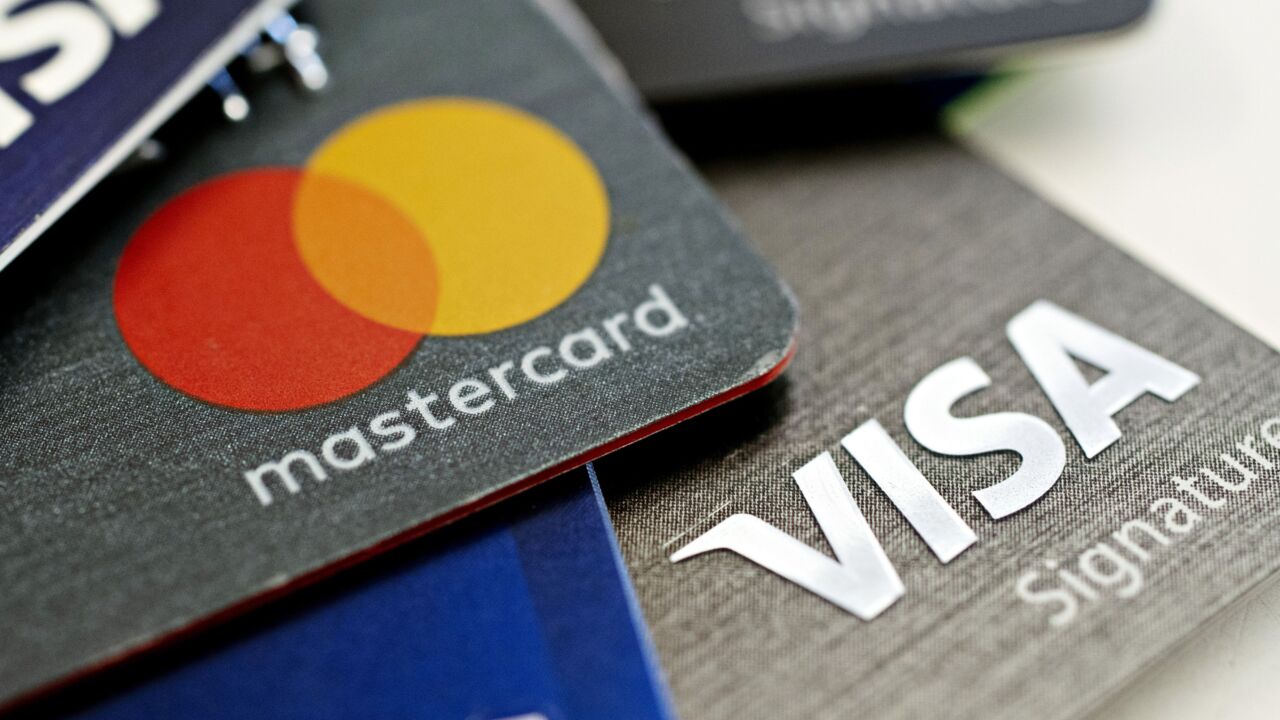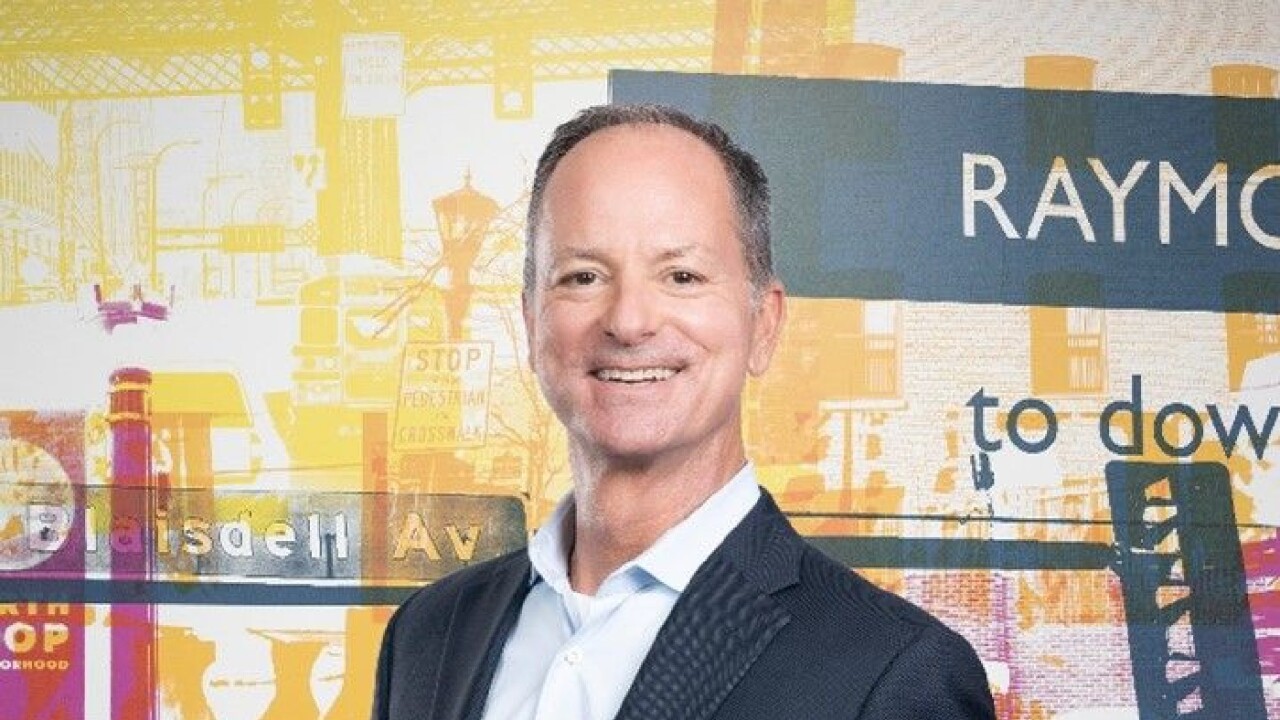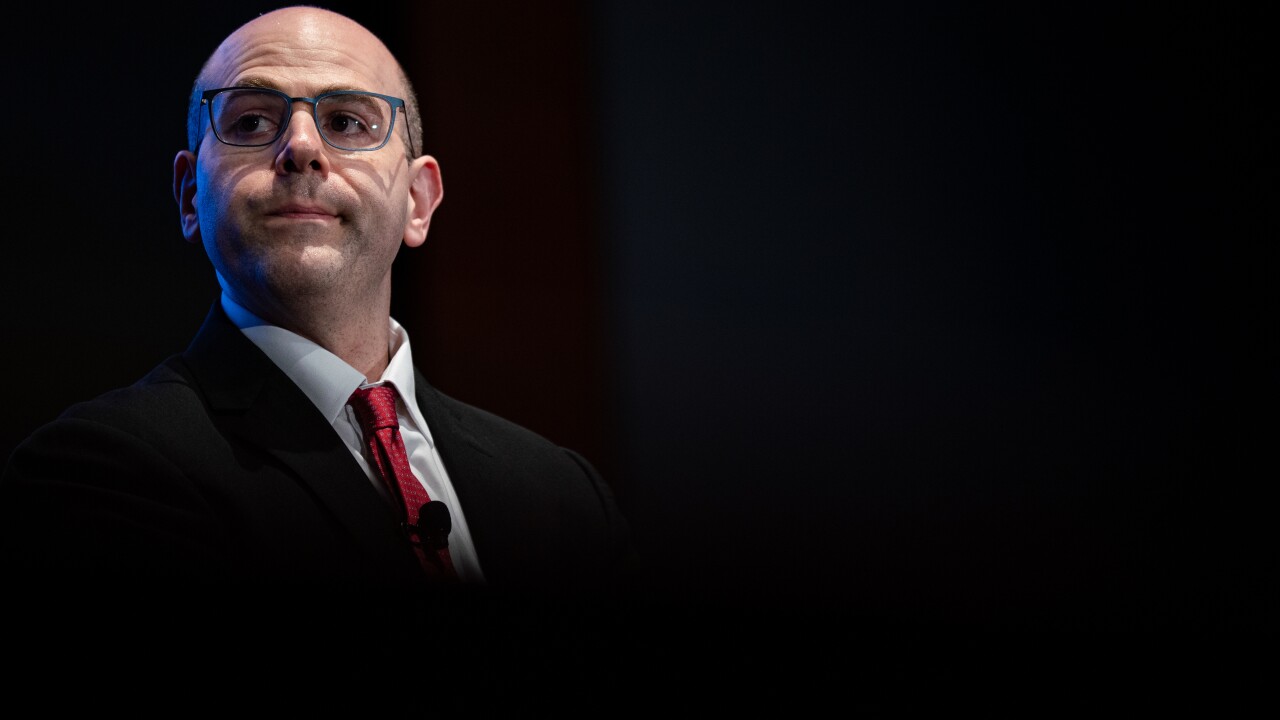

Commerce goes everywhere
At least,
"Millennials are driving a 'shop anywhere' trend," said Pablo Rodriguez, senior director of global consumer initiatives at PayPal. "This is naturally driven by mobile devices."
PayPal surveyed 1,000 consumers between the ages of 18 and 55 during a week in October 2016 to determine their interest in and intentions to shop online through mobile devices during the holidays.
"The big-picture takeaway is that technology is completely transforming the shopping experience, and giving people the control to spend, send and donate money on their own terms," Rodriguez said.
Their "own terms" includes shopping while sitting on the toilet — a habit that 22% of consumers say they engage in — while another 34% will shop in their bed for a spouse or partner who is sleeping right next to them at the time.

Reinventing retail
“With Amazon Go, Amazon is going to try to do to convenience stores what Uber did to taxis,” said Richard Crone, CEO of Crone Consulting LLC. “Convenience stores already have some of the highest traffic and highest margins of any stores, but instead of seeing hot dogs rolling on a grill that have been there all day, this concept could bring the kind of food and meals millennials increasingly are looking for at other outlets.”
The concept could be a winner with younger, higher-income consumers when it expands to cities like New York and San Francisco.
Walmart, Target and Whole Foods already have invested millions in bringing smaller-format stores to urban areas, with mixed results, Crone points out. The push to higher-end, fast-casual restaurants supports the need for quick, high-quality foods, and convenient payments are at the heart of many of these experiences, he adds.
Convenience stores also typically haven’t leveraged a lot of data or loyalty programs, and Amazon Go could enhance a consumer’s experience by plowing its powerhouse shopper data into offerings at local stores, enabling consumers to order ahead or to alert them to special deals and seasonal offerings.
That approach could be particularly compelling for millennials.
"In high-density, urban environments where a lot of people are walking in from living and working nearby, they're going to attract the younger adults who already are adapted to paying with smartphones and have the recognition and confidence with using Amazon," Crone said.

A new model for mobile rewards
It's not an easy thing to trust another company with your reputation. No doubt, JPMorgan Chase was less than thrilled after its co-brand partner United Airlines suffered a PR disaster in April by having a passenger violently removed from a plane to make room for an airline employee.
"What happened to United could just as easily happen to Delta or American," and to the banks that issue their co-brand cards, said Gary Leff, travel expert and author of View from the Wing, at SourceMedia's annual Card Forum.
"This could happen to anyone here," Leff said. In a co-brand partnership, "both reputations are on the line."
But that doesn't mean banks should back off. Crises blow over, and bankers agree that there are valuable benefits to yielding more control of the customer relationship to the co-brand partner, particularly in digital channels.
"The issuers have to get comfortable sharing data a little bit more and trusting third parties … we're going to have to get better at working together," said Chris Guido, vice president of co-brand and private label business development for TD Bank, in a panel discussion.
"We don't need to create our own app for the card program," he said. "It needs to be integrated into [the partner's] app."
This need comes from the millennial cardholder's demand for experiences as rewards, Guido said. Any bank can offer cash or points; a co-brand partner can offer brand-relevant perks such as free travel, celebrity access and more.
Rewards that can be bought for cash aren't as meaningful, he said. "If I can buy it, it's really not that special."

Rethinking the issuer's digital brand
This issue has already played out in the market with the earliest supporters of clearXchange, the bank-run P-to-P network now owned by Early Warning. The banks recently scrapped their earlier branding work to relaunch the platform as
Ian Macallister, vice president of strategic partnerships at Early Warning, said that inconsistent branding was "the biggest hurdle we had at clearXchange."
It was impossible to expect widespread adoption when one bank called its version SurePay and another called it QuickPay, because consumers would have no idea that these bank-owned brands operated on the same platform, Macallister said. Not only would users have to guess that these systems were compatible, they would also have to locate them within the app, and each bank had its own approach to positioning the P-to-P service.
"You don't want to have the millennial customer — or any customer for that matter — looking for that functionality and not being able to find it," said Brian Ziff-Levine, director of payments and cards at First Tech Federal Credit Union, a customer of Early Warning's Zelle. Macallister and Ziff-Levine spoke during the Credit Union Summit.
Zelle customers are prohibited from making any changes to the Zelle interface other than visual elements such as the font and color scheme, to make Zelle appear to be a seamless part of the bank's own app, Macallister said. If the interface is nearly identical from bank to bank, one Zelle user can walk another through the process of sending money regardless of which bank each person uses.
"Third party competitors out there, they have that consistency," Macallister said. To do otherwise introduces friction that "kills the transaction," he said.

Face time
“Almost 30% of millennials take 5 or more selfies a day and 4% take more than 20 per day,” said Kalle Marsal, Mitek’s chief marketing officer, citing the results of a survey of millennials ages 18-34, which Mitek sponsored with 3,000 consumers in the U.S., U.K. and Canada.
Millennials take selfies daily, but the U.S. leads the pack, according to Mitek's survey. In the U.S., 29% of U.S. millennials take five or more selfies a day compared with 17% of Brits and 8% of Canadians.
Mitek says the popularity of selfies among a prime sector of financial services consumers is good news for Mobile Verify’s potential to provide identity verification for routine purchases.
Currently only 4% of Mitek’s survey respondents said they use a mobile phone camera to authorize purchases, but 46% would like to. For routine occasions to verify their identities for financial services, only 6% said they do so but 39% would be willing to. “We see a huge opportunity for providers, whether they’re payment processors or banks, to leverage photo identity more broadly,” Marsal said.
Osterman Research conducted the survey on behalf of Mitek, polling 3,000 smartphone owner millennials in U.S., Canada and U.K. in August 2016.

A diverse group
“It’s a tale of two millennial types, and we’ve dubbed a combination of older millennials and Gen X consumers ‘Gen MX’ because they’re more like the older Gen X consumers than today’s youngest adults,” said Doug Brown, FIS’ senior vice president.
Separating younger and older millennials reveals key differences in their payments preferences, Brown said. Simply being categorized as "millennial" isn't enough to determine a consumer's affinity for mobile wallets.
According to recent FIS research, younger millennials made almost twice as many mobile payments as senior millennials, and younger adults were almost twice as likely as older millennials to use a third-party P-to-P app like Venmo to pay someone back as a bank’s mobile app.
Analyzing the data and considering its relevance for banks promoting Zelle, Brown said it’s clear that social media and peer influence are huge drivers of P-to-P adoption for all millennials.
“The whole social element of P-to-P is very important to millennials, and banks rolling out Zelle need to understand the importance of social media and how peers influence one another to reach these younger adults, who are their fastest-growing customer segment,” Brown said.





